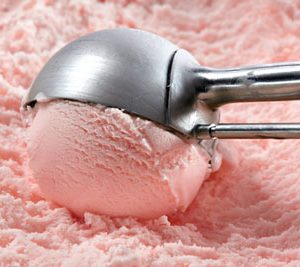The total product experience and the position of the sensory and consumer sciences: More than meets the tongue
6 March 2012 | By Garmt Dijksterhuis, Sensation, Perception & Behaviour, Unilever R&D Vlaardingen
Traditionally, much food research focuses on the physical and chemical product characteristics, using the so called ‘hard-sciences’. The consumer science side of the product, its use, its perception and its choice rely on the psychological sciences. In the ‘harder’ sciences, a number of recent insights appear which we introduce in…






